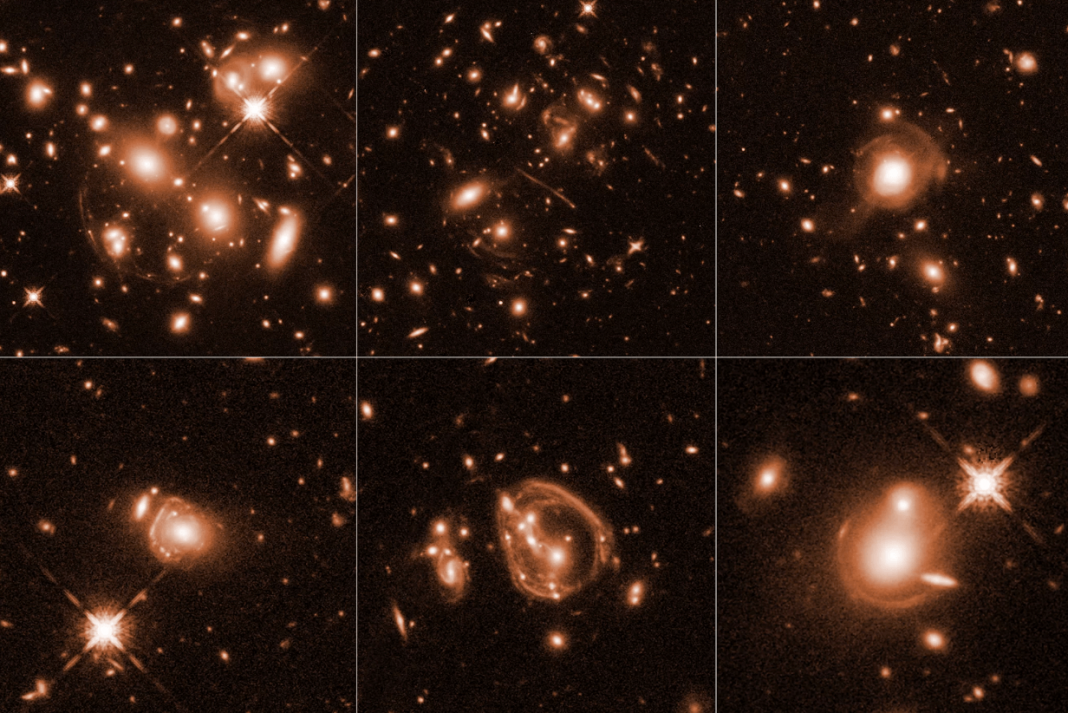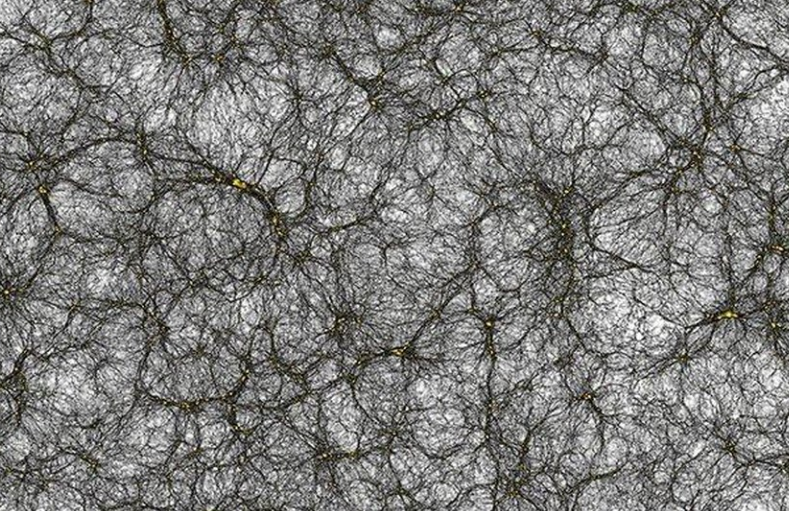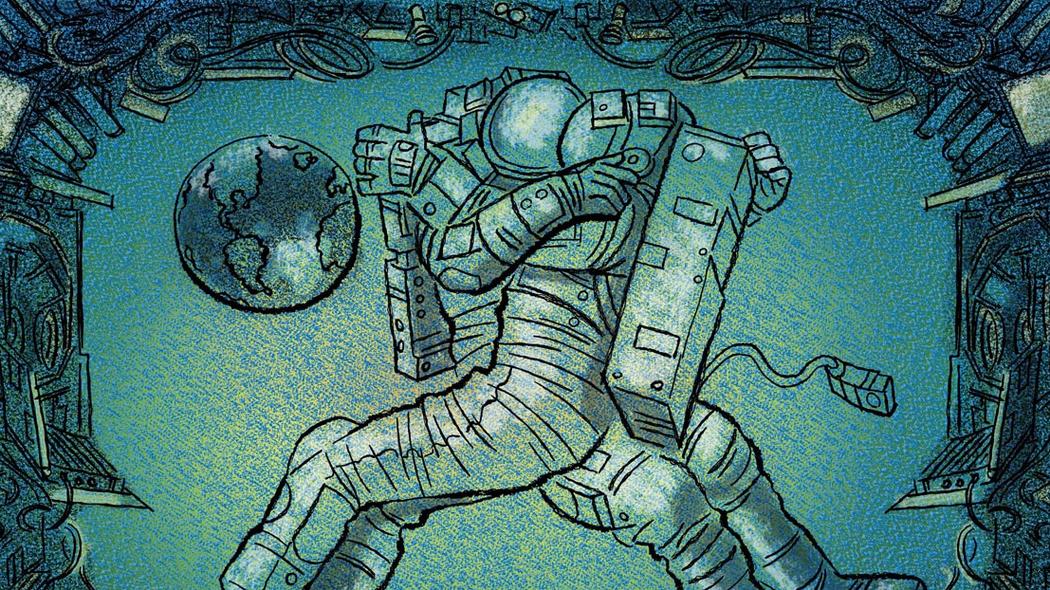Recent images captured by the Hubble Space Telescope show a glistening cluster of ultrabright galaxies bursting with star collections that are as much as 10,000 times more luminous than our own Milky Way and maybe 100 trillion times brighter than that of the Sun! According to NASA, these galaxies are also forming around 10,000 new stars each and every year, which is quite something when our own galaxy produces only around 10 per year.
As well as the galaxies themselves, viewers may also see strange shapes in the sky as a result of gravitational lensing where warping and magnifying of the light occurs. The lensing intensifies the light so much that it allows scientists to study these distant galaxies in much more detail. James Lowenthal is an astronomy professor at Smith College in Massachusetts and lead researcher on the Hubble survey. He said in a recent statement, “These ultra-luminous, massive, starburst galaxies are very rare. Gravitational lensing magnifies them so that you can see small details that otherwise are unimaginable. We can see features as small as about 100 light-years or less across. We want to understand what’s powering these monsters, and gravitational lensing allows us to study them in greater detail.”
Galaxies are often obscured by new gas and dust caused by the birth and death of so many stars. Luckily, infrared can get through those layers. In the universe nearby, researchers have detected ultra-luminous infrared galaxies (ULIRGS). These are huge and have a high rate of star formation that’s “stoked by the merger of two spiral galaxies.” There’s a good chance this would have brought together big amounts of dust and gas into a very small region, creating the perfect scene for star formation.
However, scientists still not sure if the galaxies seen this time around are fueled in the same way as nearby galaxies. “The early universe was denser, so maybe gas is raining down on the galaxies, or they are fed by some sort of channel or conduit, which we have not figured out yet,” Lowenthal commented. “This is what theoreticians struggle with: How do you get all the gas into a galaxy fast enough to make it happen?” Moving forward the scientists now need to figure out if the curves and arcs of lights found in the Hubble images are actual features of the Galaxy or fake images created by the lensing effect.
More News to Read
- IQ May Be Linked to Genetics, But We Still Can’t Predict Intelligence
- New Theory Developed Based on Sleeping Aliens
- The Hubble Captures More Amazing Sights
- Will President Trump Be a Climate Crusader?
- Get Ready for the Chevy Bolt – It’s Nearly Here!











